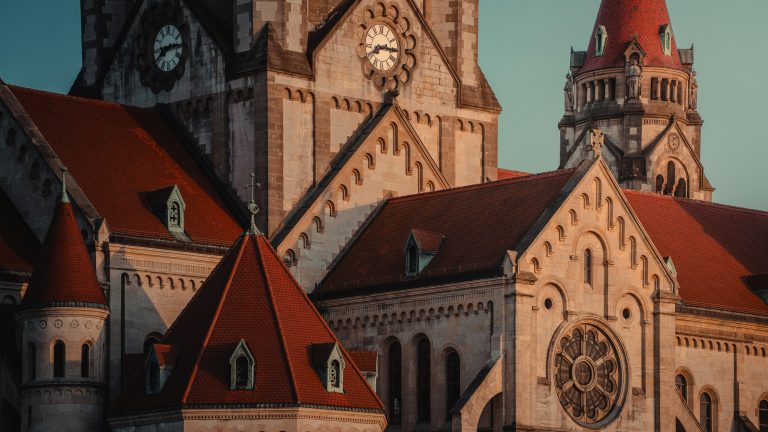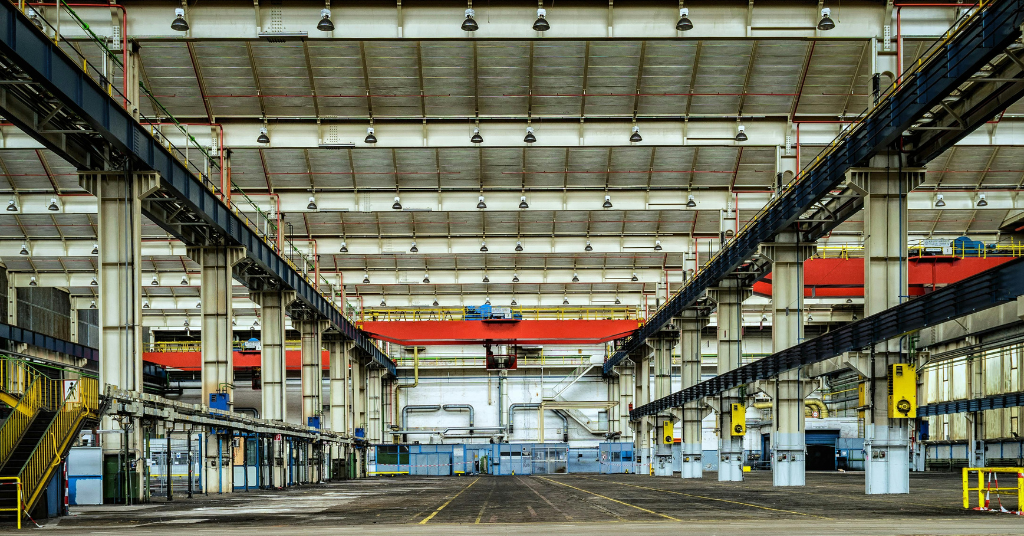As cities lead the way in the transition toward a low-carbon future, the buildings we design, retrofit, and construct play a pivotal role in achieving the EU’s Fit for 55 goals. Sustainable building practices—ranging from energy-efficient renovations to the use of bio-based materials and mass‑timber construction—not only lower emissions but also enhance resilience, livability, and long-term sustainability in urban environments.
The power of energy-efficient renovation
Most European buildings are older and inefficient, accounting for nearly 40% of the EU’s energy consumption and 36% of its energy-related greenhouse gas emissions. By triggering a wave of deep renovation and more ambitious energy performance standards under the revised Energy Performance of Buildings Directive (EPBD), Fit for 55 aims to significantly reduce energy demand and emissions in the built environment.

Using sustainable materials and circular economy principles
Shifting toward low-carbon building materials helps reduce embodied emissions, which are generated during the production and transport of construction materials. Reusing construction and demolition waste reduces both carbon impact and the demand for virgin resources, while also supporting circularity in the sector. Incorporating bio-based materials such as wood or cross-laminated timber can store carbon and cut construction emissions substantially. Large-scale projects in Europe have already demonstrated that timber-based construction can reduce embodied emissions by around 40% compared to conventional methods.
Enhancing resilience and adaptation
Sustainable building practices are not only about cutting emissions, they also improve resilience to climate change. Climate-ready building design integrates features such as green roofs, natural ventilation, and nature-based solutions, which help mitigate heat stress, reduce flood risks, and improve indoor comfort. These measures ensure that urban infrastructure can withstand increasingly frequent extreme weather events while maintaining energy efficiency.
Aligning building strategies with Fit for 55 objectives
The Fit for 55 package provides a legislative and financial framework to transform the building sector. It links building decarbonization with renewable energy integration, smart mobility infrastructure, and financing schemes for green construction. By combining operational efficiency, low-carbon materials, and climate resilience, cities can meet emission-reduction targets while also boosting economic opportunities in the sustainable building sector.
Conclusion
Sustainable building practices are essential for delivering on the Fit for 55 climate ambitions in cities. By renovating existing buildings, embracing circular and bio-based materials, and integrating climate adaptation measures, urban areas can significantly reduce their carbon footprint, improve quality of life, and move closer to the 2030 targets and the ultimate goal of climate neutrality. A sustainable built environment is both a necessity and an opportunity for Europe’s green transition.
Sources and references:




